Best
Clarinet Tuner and Metronome
-
Overall: Clip-on design for easy attachment to the instrument
-
Best Feature: Large, backlit display for easy reading in any lighting
-
TedScore™: 8.5/10
Best
Clarinet Tuner
-
Overall: Simple and easily read display
-
Best Feature: Compact but simple to use
-
TedScore™: 9/10
Best
Wind Instrument Tuner
-
Overall: Clip-on design for easy attachment to the instrument
-
Best Feature: Large, easy-to-read display with backlight
-
TedScore™: 8/10

Are you ready to master the art of tuning your clarinet?
Tuning can be tricky but don’t worry – with a bit of practice and some helpful tips, and you’ll be playing in perfect tune in no time!
Whether you’re just starting or playing for a while, tuning is a crucial skill that will help you create beautiful music and play well with others.
So grab your clarinet and get ready to learn some new techniques that will take your playing to the next level!
Understanding the Basics of Clarinet Tuning

If you’re new to playing the clarinet, tuning can be daunting.
However, it’s an essential part of playing any instrument, and it’s important to understand the basics of clarinet tuning to ensure that you sound your best.
The Role of the Tuner
A tuner is an essential tool for any musician. It helps you to determine whether you are playing in tune or not.
Many different types of tuners are available, including electronic tuners, tuning forks, and smartphone apps.
When using a tuner, it’s important to remember that it is only a tool. It can help you determine whether you are playing in tune, but it’s up to you to make the necessary adjustments to your playing.
The Importance of A=440Hz
A=440Hz is the standard tuning note for most Western music. This means that when you tune your clarinet, you should aim to match the A=440Hz pitch.
This is important because it ensures that you are playing in tune with other musicians.
Understanding Flat and Sharp Notes
When tuning your clarinet, you may encounter flat or sharp notes. Flat clarinet notes are lower in pitch than they should be, while sharp notes are higher in pitch than they should be.
You should push in the barrel or the mouthpiece to adjust for a flat note.
You should pull out the barrel or mouthpiece to adjust a sharp note.
It’s essential to make small adjustments and check your tuning frequently to ensure that you’re making progress.
The Clarinet's Components and Tuning
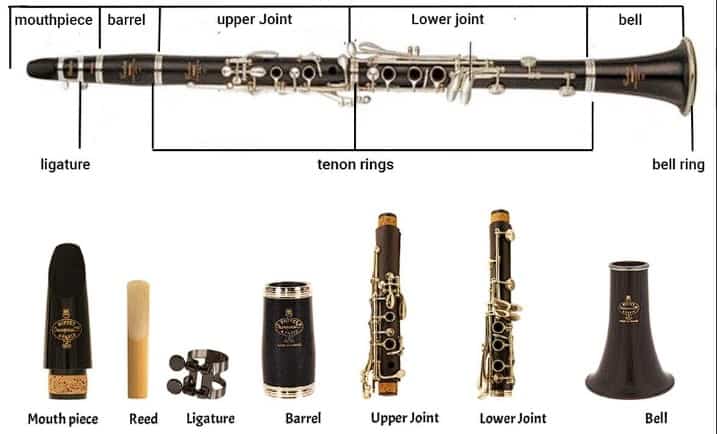
When it comes to tuning a clarinet, it’s important to understand each component’s role. In this section, we’ll explore the impact of the barrel, reed, and mouthpiece on tuning.
The Barrel's Role in Tuning
The barrel is a crucial component of the clarinet that affects its overall tuning.
The barrel’s length can impact the instrument’s pitch, with a shorter barrel resulting in a higher pitch and a longer barrel resulting in a lower pitch.
It’s important to note that the barrel should fit snugly onto the clarinet’s upper joint to ensure it’s properly in tune.
How the Reed Affects Tuning
The reed is another critical component that can affect the tuning of the clarinet. A reed that’s too soft can result in a lower pitch, while a reed that’s too hard can result in a higher pitch.
It’s important to find a reed that’s the right strength for your playing style and the type of music you’re playing.
The Impact of the Mouthpiece
The mouthpiece is where the reed attaches to the clarinet and can also impact tuning.
A mouthpiece that’s too open can result in a higher pitch, while a mouthpiece that’s too closed can result in a lower pitch.
It’s important to find a mouthpiece that’s the right size and shape for your playing style and the type of music you’re playing.
Factors Affecting Clarinet Tuning
To play the clarinet in tune, you need to consider several factors that can affect the instrument’s tuning.
Here are some of the most important factors you need to keep in mind:
The Impact of Temperature

When the temperature is colder, the pitch will be lower and flatter. On the other hand, when the temperature is warmer, the pitch will be higher and sharper.
Therefore, keeping the instrument at room temperature before playing is essential to ensure accurate tuning.
The throat tones on a clarinet are the notes produced by covering the first few tone holes with the fingers, which creates a smaller air column in the instrument.
The pitch of the throat tones can be affected by factors such as temperature and humidity, which can cause the instrument to expand or contract slightly.
Therefore, when tuning a clarinet, it’s essential to spend extra time working on the throat tones to ensure that they are in tune with the rest of the instrument.
The Role of Embouchure
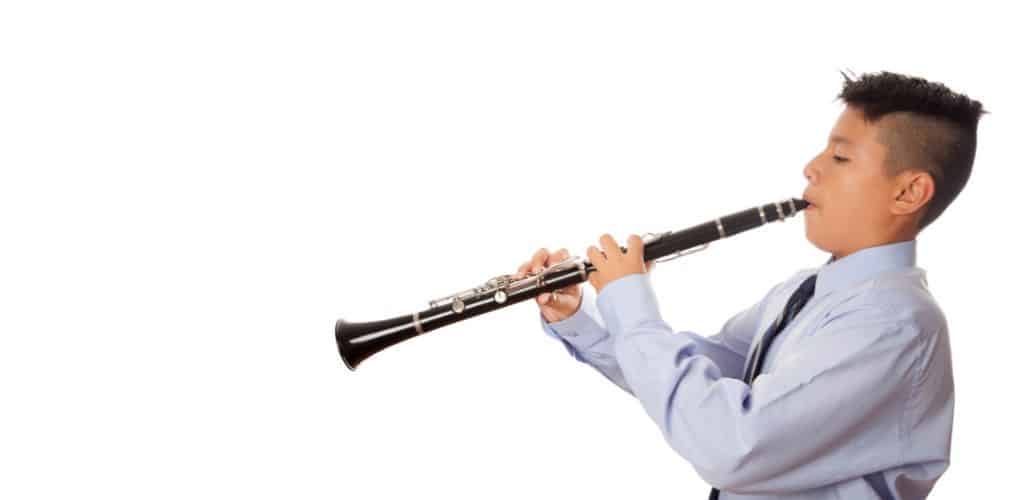
Embouchure refers to how you shape your lips and mouth when playing the clarinet. Your embouchure can significantly affect the instrument’s tuning.
If your embouchure is too tight and the further your fingers from the tone holes, the pitch will be higher.
Conversely, a loose embouchure and putting your fingers closer to the tone holes will result in a lower pitch.
Therefore, developing good embouchure habits is essential to play the clarinet in tune.
The Importance of Warming Up

Warming up is crucial to ensure that your clarinet is in tune.
Before playing, take a few minutes to warm up your instrument by blowing air through it, playing a sustained low note, or running through some scales and fingering exercises.
Take note, warming up an instrument by blowing hot air through it is not recommended as it can damage the instrument.
This will help warm up the clarinet and ensure it is in tune before you start playing.
In addition to these factors, other elements such as dynamics and finger height can also affect the clarinet’s tuning.
Therefore, it’s essential to pay attention to these factors and make adjustments to play the clarinet in tune.
How to Tune a Clarinet
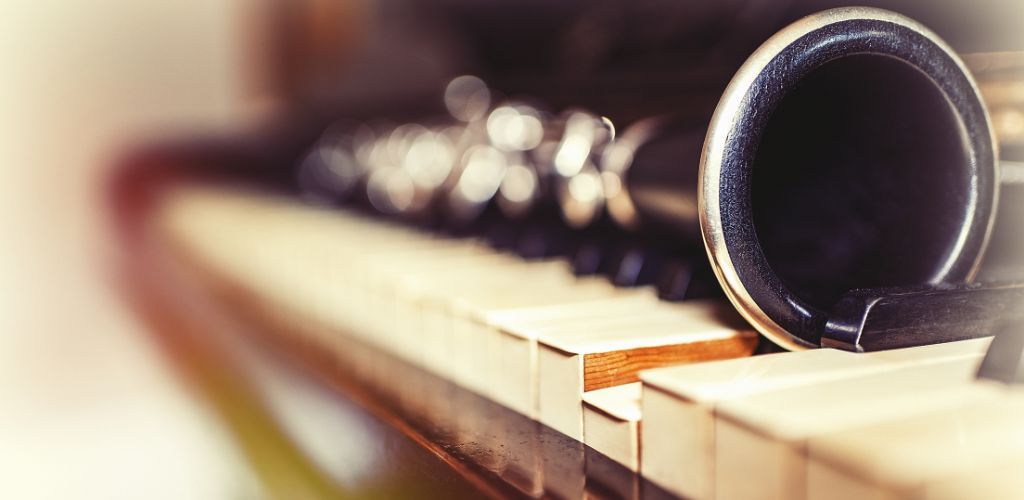
Tuning your clarinet is essential to ensure you’re playing in tune with other instruments and maintaining the correct pitch. Here are the steps to follow:
Steps to Tune a Clarinet

Warm up your clarinet by playing it for a few minutes.
This will help bring it to the correct temperature and ensure accurate tuning.
Begin tuning your clarinet by adjusting the barrel.
If you’re sharp, pull the barrel out slightly. If you’re flat, push the barrel in slightly.
Play that same note and take note of your tuner.
Next, adjust the mouthpiece by pulling it out slightly if you’re sharp and pushing it in slightly if you’re flat.
Using a Chromatic Tuner
A chromatic tuner can help you tune your clarinet accurately. Here’s how to use it:
Turn on the tuner and select the chromatic setting.
Play a note on your clarinet and observe the tuner’s needle. Your note is flat if the needle is to the left of the centre. If it’s to the right, your note is sharp.
Adjust the tuning of your clarinet until the needle is centred.
Fine-Tuning Your Clarinet
Once you’ve tuned your clarinet using the steps above, you can fine-tune it using the following tips:
Use tuning rings to help you adjust the tuning of your clarinet more precisely.
Check the tuning of each note individually using a chromatic tuner. Adjust each note as necessary.
Use a tuning app to help you calibrate your clarinet. This will ensure that your clarinet is always in tune.
By following these steps, you can tune your clarinet accurately and ensure that you’re playing in tune with other instruments.
Advanced Clarinet Tuning Techniques
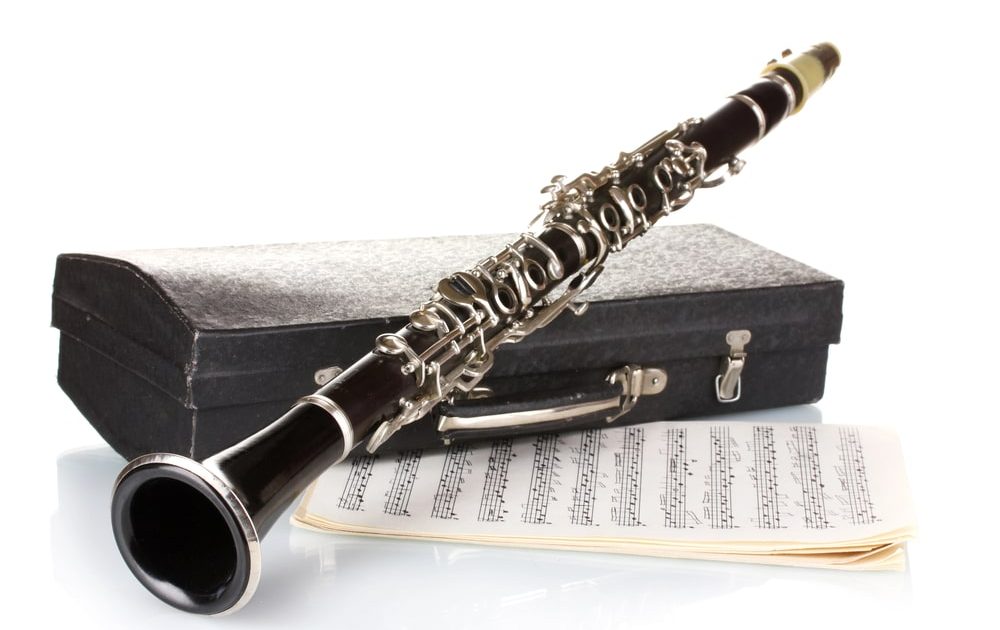
Mastering the Open G
When tuning your clarinet, mastering the open G is essential. This note is the foundation for tuning the rest of your instrument.
To tune the open G, start by playing the note and adjusting the length of the instrument until it’s perfectly in tune.
Remember that the shorter the length of your tube, the sharper the note will be, and the longer the length of your tube, the flatter the note will be.
Breathing and Support
Breathing and support are crucial for the proper tuning of your clarinet.
Proper breathing techniques will help you produce a clear and consistent sound. Ensure you’re breathing from your diaphragm and using your abdominal muscles to support your breath.
This will help you control the pitch of your notes and keep them in tune.
Exploring Alternate Fingerings
Exploring alternate fingerings is another advanced tuning technique that can help you achieve perfect intonation.
Alternate fingerings can adjust the pitch of a note and make it more in tune with the rest of the instrument. For example, using the alternate fingering for the note B-flat can help you achieve better intonation in the upper register.
Remember that tuning tendencies can vary depending on the make and model of your clarinet, so it’s important to experiment with different fingerings to find what works best for your instrument.
In addition to these advanced techniques, other factors can affect the tuning of your clarinet, such as tongue position and the shape of the bell.
It’s important to be aware of these factors and make adjustments as necessary to achieve perfect intonation.
Tuning in an Ensemble Setting

Tuning in an ensemble setting can be challenging, but achieving a cohesive and harmonious sound is crucial.
Here are some tips to help you tune your clarinet and play sharp in an ensemble setting.
Adjusting to the Ensemble's Pitch
Adjusting your clarinet to match the group’s pitch when tuning in an ensemble is important.
If the ensemble is playing flat, you should lower the pitch of your clarinet. Conversely, if the ensemble is playing sharp, you should raise the pitch of your clarinet.
This will help you achieve a more balanced and in-tune sound.
Recognising Trustworthy Tuning Notes
In an ensemble, it’s essential to recognise trustworthy tuning notes.
These notes are played by instruments less likely to be out of tune, such as the piano, oboe or flute. Using these notes as a reference point is best when tuning your clarinet.
Avoiding Common Tuning Traps
There are several common tuning traps that you should avoid when tuning your clarinet in an ensemble setting.
One of these is tuning to the wrong note. For example, if the ensemble plays a B-flat, you should tune your clarinet to a B-flat, not an A or a C.
Another common trap is tuning to the wrong octave. Clarinets are transposing instruments, which means that the pitch of the written note is not the same as the pitch produced by the instrument.
When tuning, properly adjust the pitch to make sure you’re tuning to the correct octave.
Our Recommended Clarinet Tuners
Korg CA-50 Chromatic Tuner
The Korg CA-50 Chromatic Tuner is a versatile and reliable tool for musicians of all levels. Its sleek design and large, easy-to-read display make it a user-friendly choice.
With its high-precision detection capabilities, the CA-50 is especially useful as a clarinet tuner, providing accurate and clear tuning for optimal performance.
Korg CA-50 Chromatic Tuner

DESIGNED FOR: Use at home and in rehearsals.
FEATURES: Simple and easily read display.
OTHER INFO: Compact but simple to use - perfect for a gigging musician!
Korg CA-50 Chromatic Tuner
- Small and compact.
- Sound-out function allows tuning by ear as well as by eye
- Adjustable to tune to different frequencies if required.
- The batteries will need changing on occasion - not rechargeable.
When you click ‘Check Price’, you’ll see there are loads of great places to buy this item. Our personal favorite is Sweetwater for the US, and Thomann and Gear4Music for the UK & Europe.
They are the largest music retailers, with excellent customer service, competitive prices, really fast shipping, and the longest guarantees.
The professional musician who wrote this article combined many things,
from the product build, manufacturer’s reputation through to feedback
from other users, to create our famous TedScore™.
Korg TM60 Tuner and Metronome Combo
The Korg TM60BK Tuner and Metronome Combo with Clip-on Microphone is a versatile and essential tool for musicians of all levels. With its compact design, it offers convenient on-the-go tuning and metronome functionalities.
Its accuracy in detecting and tuning various instruments, including the clarinet, sets it apart, making it an excellent choice for clarinet players looking for a reliable and easy-to-use tuner.
Korg TM60 Tuner and Metronome Combo
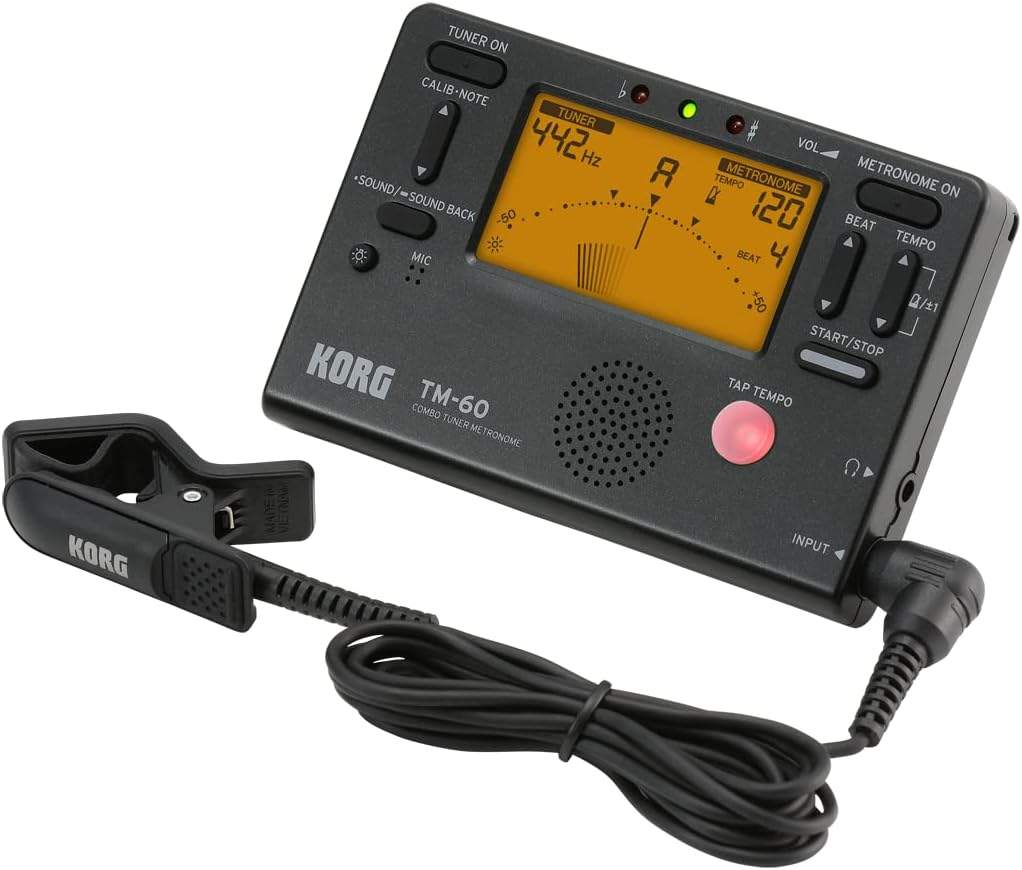
FEATURES: Clip-on design for easy attachment to the instrument
OTHER INFO: Large, backlit display for easy reading in any lighting
- Built-in metronome with multiple tempo settings
- Accurate and reliable tuning
- Multiple tuning modes for different instruments and clarinet playing styles
- Long battery life
- Clip may not fit all types of instruments
- Some users have reported difficulty with the metronome function
When you click ‘Check Price’, you’ll see there are loads of great places to buy this item. Our personal favorite is Sweetwater for the US, and Thomann and Gear4Music for the UK & Europe.
They are the largest music retailers, with excellent customer service, competitive prices, really fast shipping, and the longest guarantees.
The professional musician who wrote this article combined many things,
from the product build, manufacturer’s reputation through to feedback
from other users, to create our famous TedScore™.
Aroma® AMT-550B Wind Instruments Digital Tuner Metronome
The Aroma® AMT-550B is a versatile, compact digital tuner metronome specially designed for wind instruments. Its sleek design and user-friendly interface make it easy for musicians of all levels.
Regarding clarinets, the AMT-550B excels as a tuner, helping players achieve precise and accurate tuning, ensuring their performances are pitch-perfect.
Aroma® AMT-550B Wind Instruments Digital Tuner Metronome
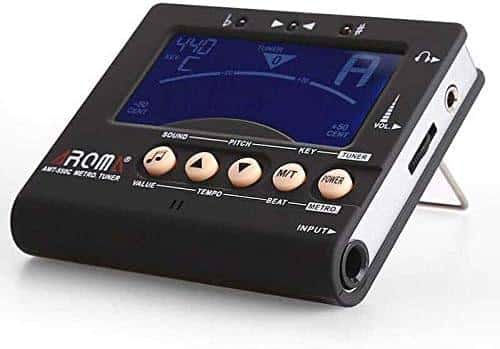
FEATURES: Clip-on design for easy attachment to the instrument
OTHER INFO: Large, easy-to-read display with backlight
- Built-in metronome with multiple rhythm and tempo settings
- Accurate and reliable tuning
- Multiple tuning modes for different wind instruments
- Can be used as a standalone metronome
- Some users have reported difficulty with the clip's grip
- Battery life may be shorter than other models
When you click ‘Check Price’, you’ll see there are loads of great places to buy this item. Our personal favorite is Sweetwater for the US, and Thomann and Gear4Music for the UK & Europe.
They are the largest music retailers, with excellent customer service, competitive prices, really fast shipping, and the longest guarantees.
The professional musician who wrote this article combined many things,
from the product build, manufacturer’s reputation through to feedback
from other users, to create our famous TedScore™.
How to Tune a Clarinet:
Final Thoughts
Great job, young maestro! You’re now equipped with the skills to tune your clarinet like a rockstar!
Tuning may have seemed daunting, but now you can tackle any tuning issue with confidence and ease.
Keep practising and experimenting with different techniques to find what works best for you. With a little bit of determination, more clarinet lessons, and a lot of fun, you’ll be playing in perfect tune and wowing your audience in no time!
So go ahead, grab your clarinet, and let the music flow!
Wait, there’s more!
The never-ending search for the perfect clarinet reed is over. Look no further than The Ultimate Clarinet Reed Guide!
This next article covered everything you need to know about clarinet reeds, from different types to how to choose the perfect one for your playing style.
FAQ's
The standard note to tune a clarinet is the B-flat note. This note is used as a reference point for tuning other notes on the instrument.
If your clarinet sounds flat, it may be due to several reasons, such as improper embouchure, weak reed, or an improperly adjusted mouthpiece. Check and adjust these factors to ensure proper intonation.
You can tell if your clarinet is out of tune if it doesn’t match the pitch of other instruments in the ensemble, or if specific notes sound noticeably sharp or flat.
Using a tuner or playing with a reference pitch can help identify and correct tuning issues.



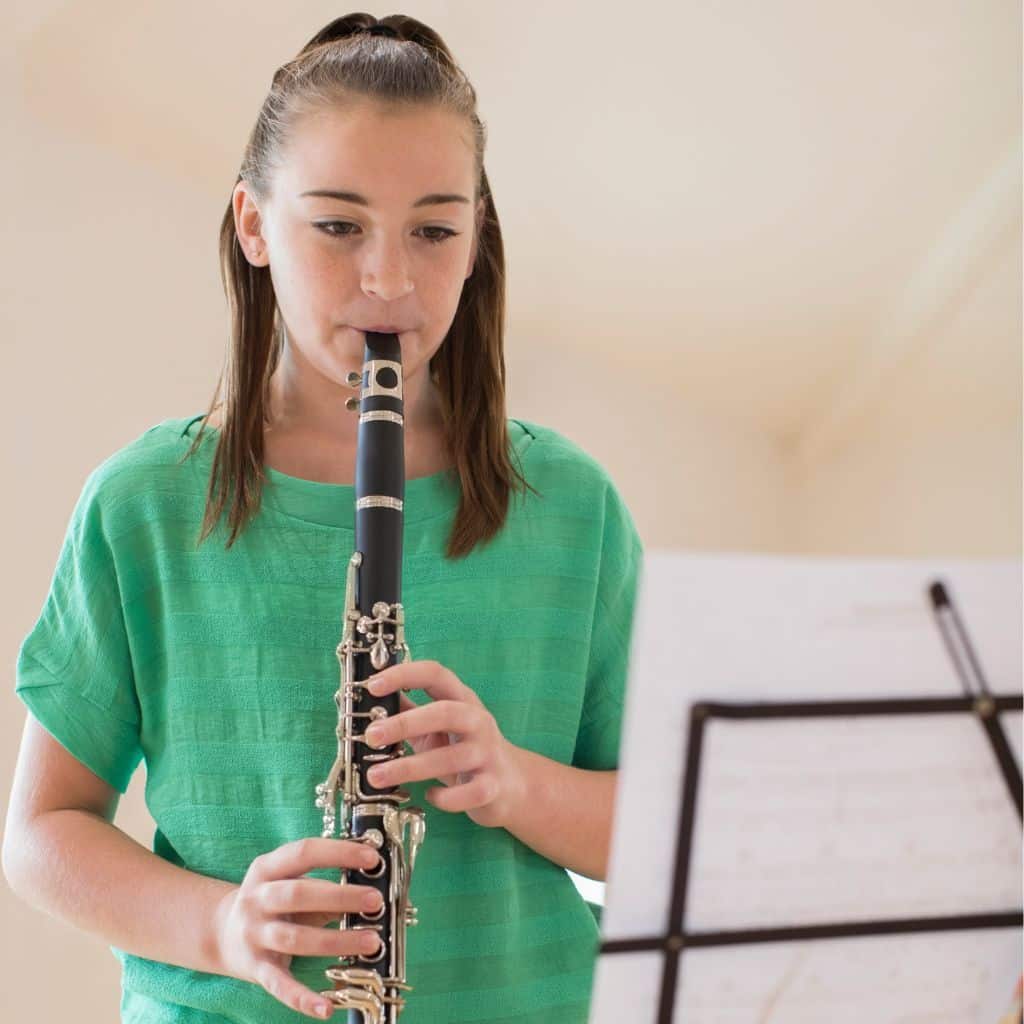
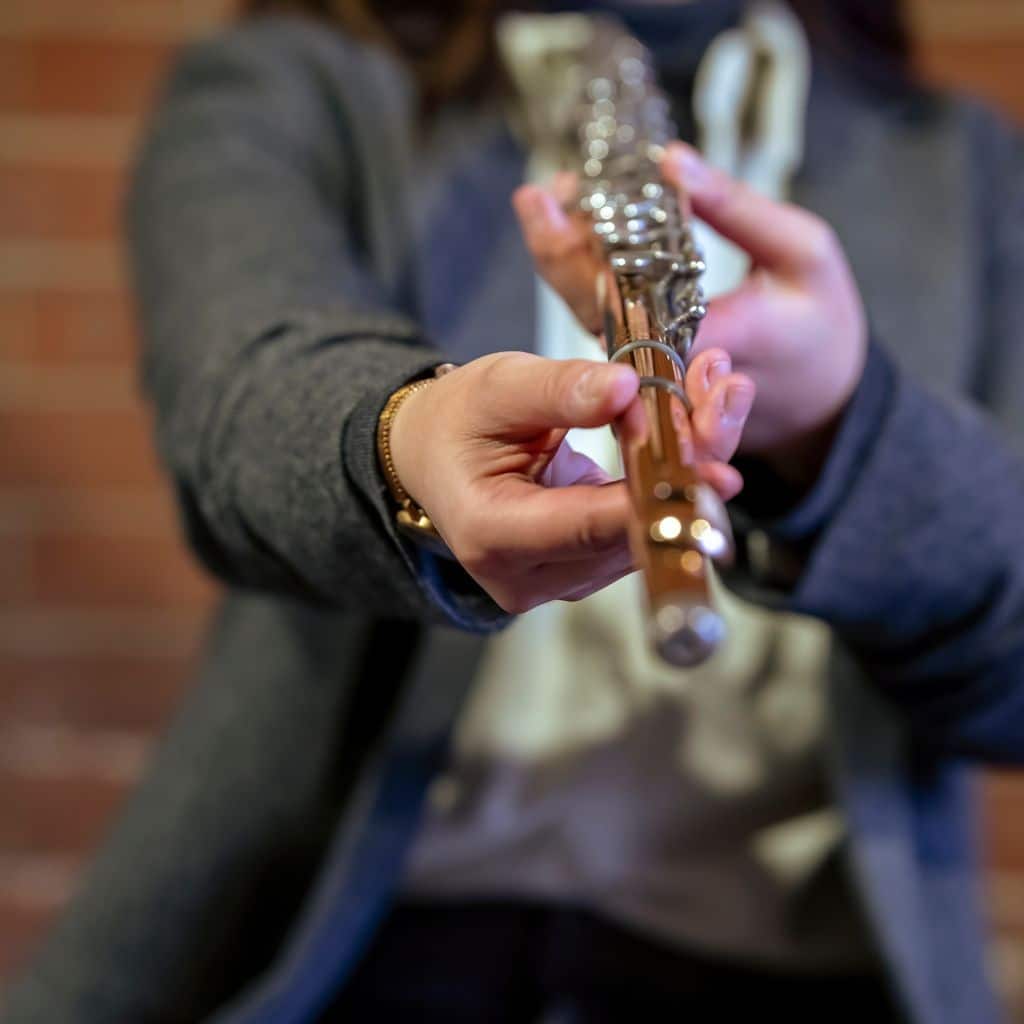
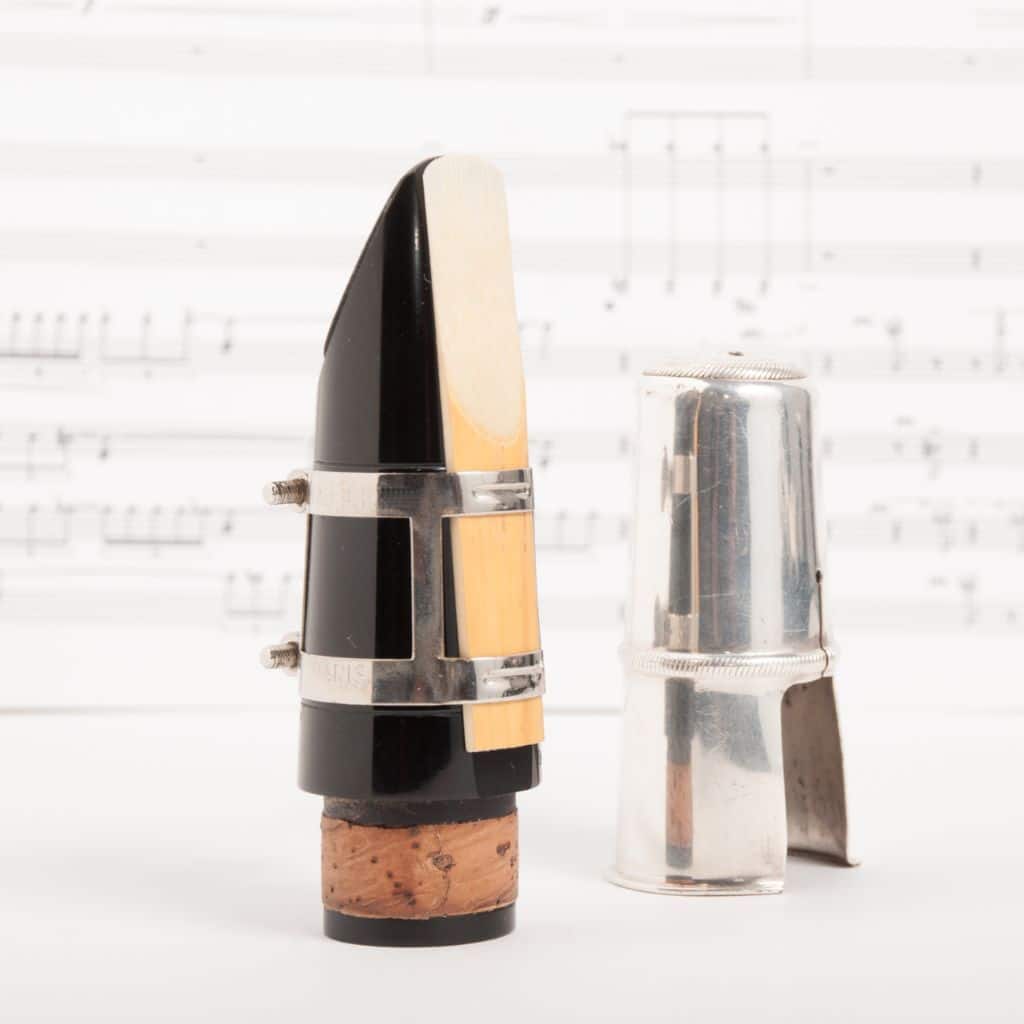
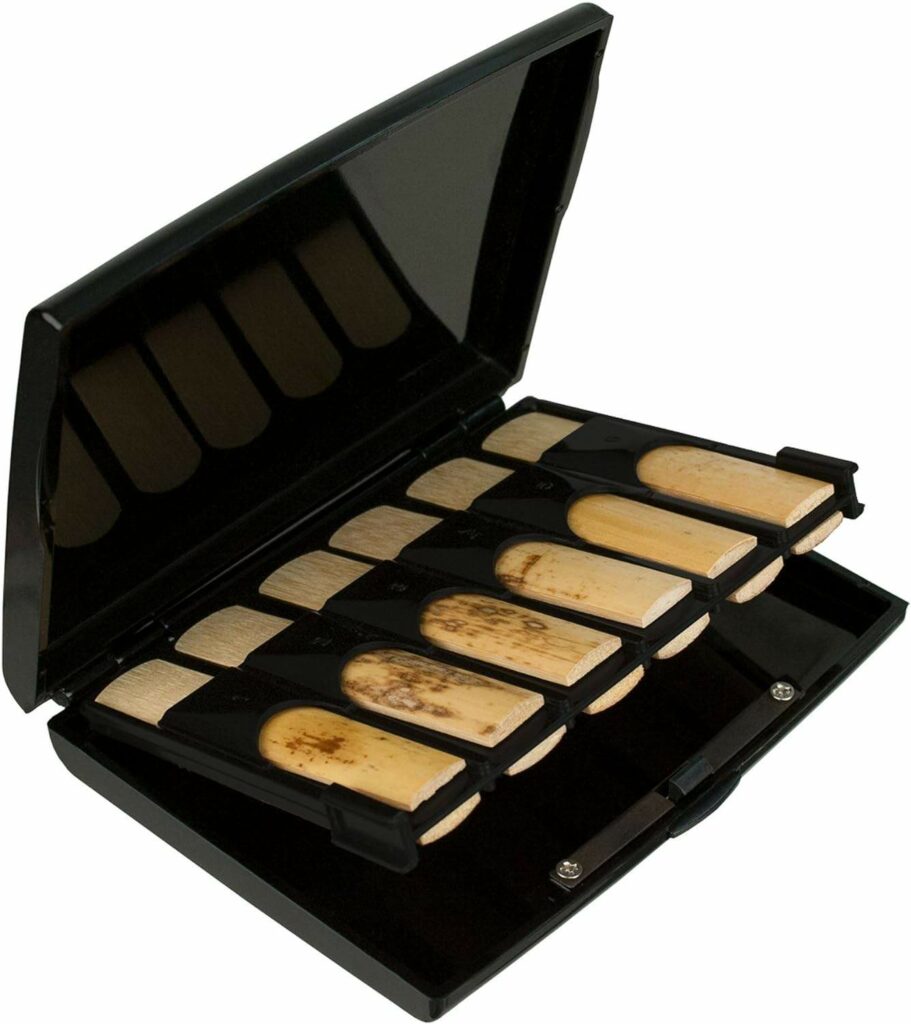








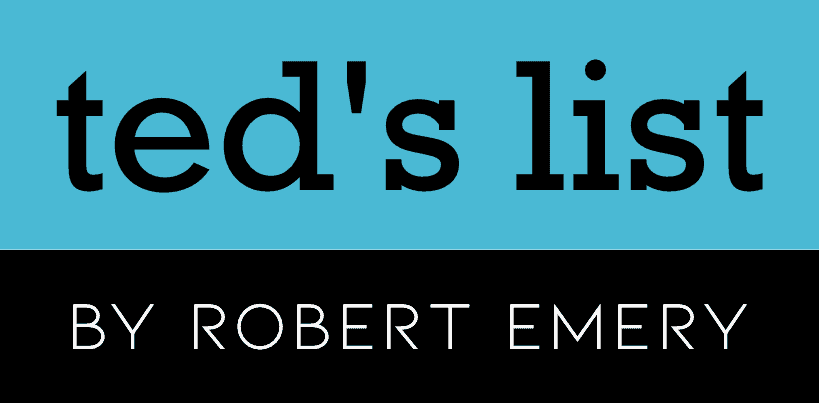
i’m kinda new to playing the clarinet and all this tuning stuff feels over whelming. it’s cool to see how much goes into a good sound. didn’t realize how much temp and even how you hold your mouth can change things. anyone got tips for beginners on how to make tuning less of a headache? i’ve been trying with a tuner app but its hit or miss sometimes.
In the section about the barrel’s role in tuning, it’s mentioned briefly but doesn’t dive into how different materials can affect the sound and consequently the tuning. For example, ebonite vs. grenadilla wood or metal. Each has a distinct impact on the overall timbre and resonance of the instrument which in turn affects how one might approach tuning. I think this is an oversight in the discussion.
Loved the part where you explained tuning in an ensemble setting! really needed that, thx 🙂
Yeah, tuning with everyone else always gets me nervous. Good to have some tips.
Hey everyone and Kymia , just curious, when it talks about ‘Mastering the Open G’, is there a technique to it that’s different for everyone, or are there some golden tips to get it right? I always struggle with consistency on that note.